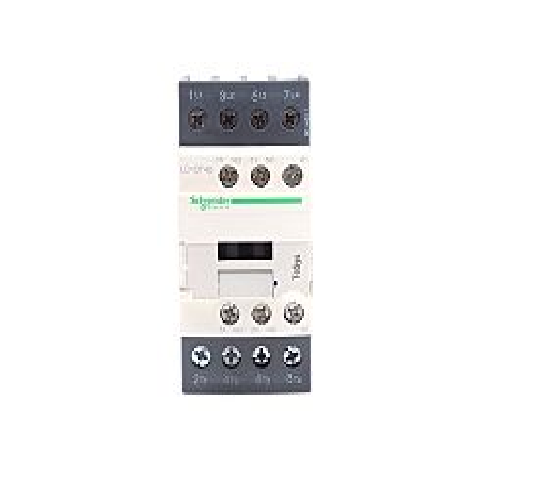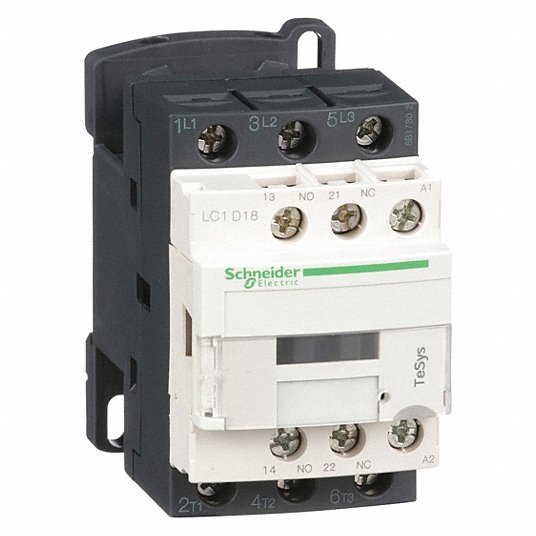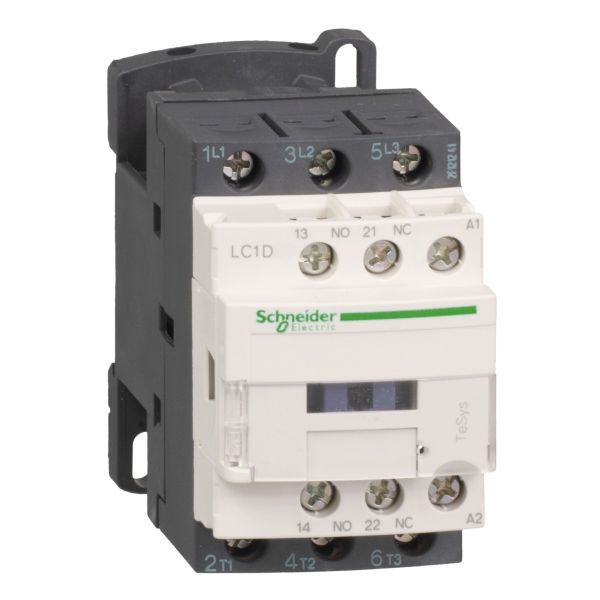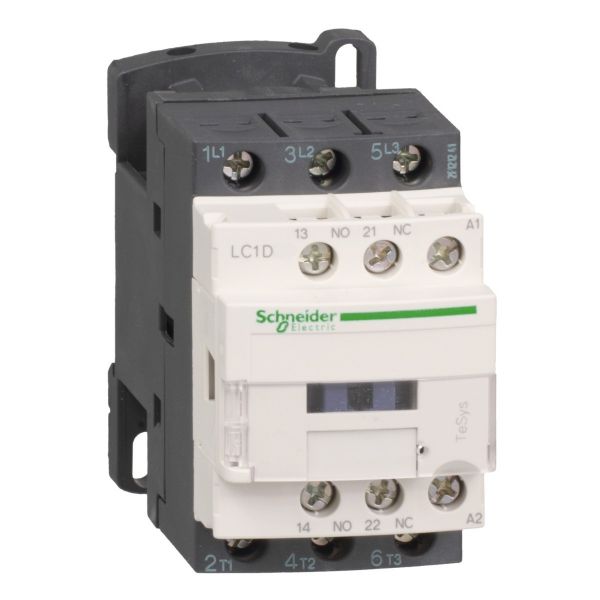An electrical device known as a contactor is used to manage an electrical circuit by establishing and severing electrical connections. In essence, it is a heavy-duty relay made to withstand greater current and voltages than standard relays. Numerous applications, including industrial machinery, HVAC (Heating, Ventilation, and Air Conditioning) systems, elevators, lighting control, and more frequently employ contactors.
- Contacts: Contactors have sets of contacts, which are frequently built of materials able to sustain large currents and withstand wear and tear. These contacts are in charge of moving the electrical current and establishing or severing the circuit connection.
- Coil: An electromagnetic coil is used to regulate contactors. The coil produces a magnetic field that pulls the armature or plunger, a moveable component of the contactor, when a current flows through it. The contacts close or open as a result of this movement, completing or interrupting the electrical circuit.
- Contactors are typically placed in protective enclosures that protect them from external elements including dust, moisture, and chemicals as well as from unintentional contact with live components.
- Contactors come in a variety of configurations dependent on their poles and throws.
When reliable and robust regulation of electrical circuits is required, contactors are crucial parts in industrial and commercial settings. They offer a secure and effective method of controlling high-power loads, shielding employees and equipment from potential dangers.
 Cash on delivery available
Cash on delivery available
 Return allowed
Return allowed
.jpg)
.jpg)
.jpg)
.jpg)
.jpg)
.jpg)

.jpg)



